Embarking on the GAPS (Gut and Psychology Syndrome) diet can feel like stepping into a new world where every meal becomes a thoughtful opportunity to nurture your gut health. For many, the promise of healing through food is both inspiring and intimidating, especially when it comes to planning daily menus that align with the diet’s specific guidelines. Whether you’re a newcomer navigating the initial stages or someone looking to refine your approach, thoughtful meal planning is the key to making the GAPS diet manageable, enjoyable, and sustainable. In this article, we’ll explore practical tips to help you streamline your grocery lists, balance your meals, and embrace creativity—all while staying true to the principles of the GAPS diet.
Table of Contents
- Understanding the Foundations of the GAPS Diet for Effective Meal Planning
- Choosing Nutrient-Dense Ingredients to Support Gut Healing
- Crafting Balanced Meals to Maintain Energy and Satiation
- Incorporating Variety to Prevent Nutritional Gaps and Boredom
- Practical Tips for Batch Cooking and Meal Prep on the GAPS Protocol
- Q&A
- To Conclude
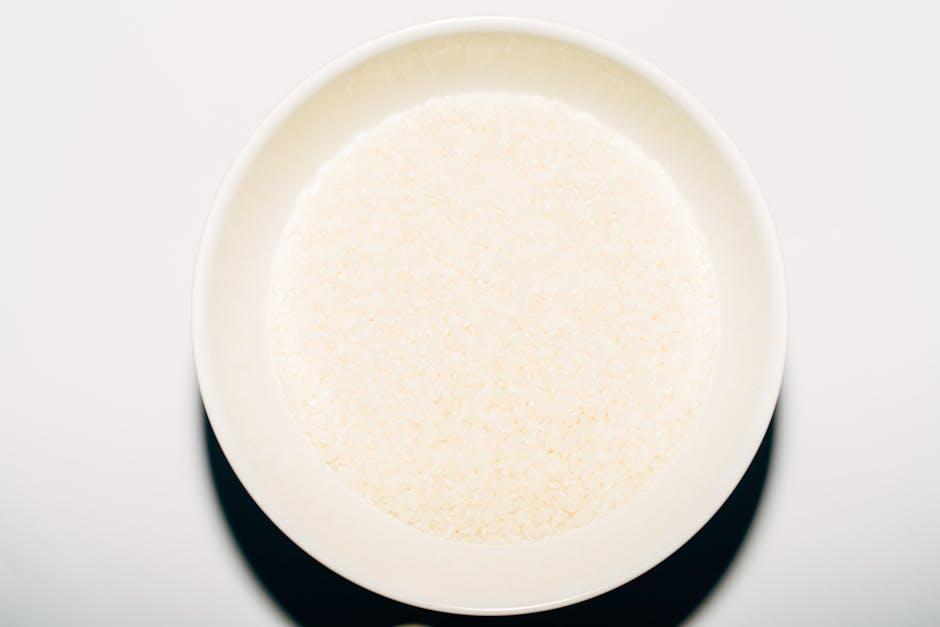
Understanding the Foundations of the GAPS Diet for Effective Meal Planning
The GAPS diet emphasizes healing the gut through nutrient-dense, easily digestible foods, making it essential to grasp its core principles before planning meals. At its heart, the diet prioritizes the restoration of gut flora by eliminating processed foods and sugars while encouraging the intake of homemade broths, fermented vegetables, and raw dairy where tolerated. Understanding which foods to incorporate and which to avoid helps lay the groundwork for a successful meal plan. Focus on whole foods that support digestion and provide ample nutrients to fuel the body, while carefully reintroducing foods to monitor reactions and progress.
When mapping out your weekly meals, organizing ingredients into categories such as proteins, fermented foods, and vegetables can simplify shopping and preparation. Consider the following key elements:
- Bone broth: Rich in collagen and minerals, it forms the backbone of many GAPS meals.
- Fermented foods: Sauerkraut, kefir, and yogurt help replenish beneficial bacteria.
- Fresh vegetables: Mostly cooked at first, then slowly introduced raw.
- Healthy fats: Coconut oil, ghee, and olive oil support brain health and absorption of fat-soluble vitamins.
| Food Group | Examples | Notes |
|---|---|---|
| Proteins | Grass-fed meats, wild-caught fish, eggs | Choose organic when possible |
| Fermented Foods | Sauerkraut, kefir, yogurt | Start with small amounts |
| Vegetables | Carrots, zucchini, spinach | Cooked to start, raw later |
| Fats | Coconut oil, ghee, olive oil | Ideal for cooking and dressings |
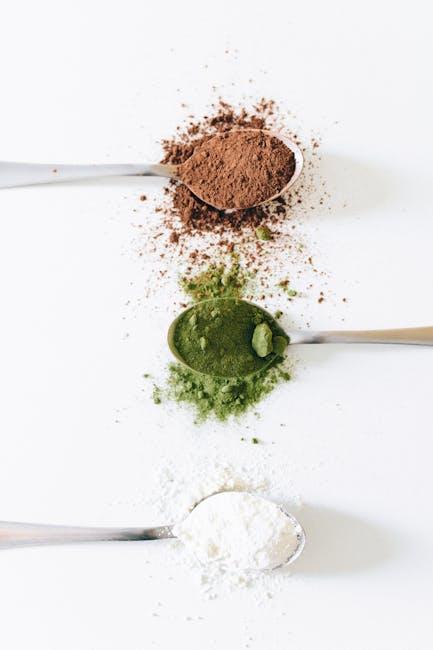
Choosing Nutrient-Dense Ingredients to Support Gut Healing
When aiming to nourish your gut on the GAPS diet, focusing on ingredients rich in vitamins, minerals, and easily digestible proteins is essential. Incorporate bone broth, a cornerstone for gut repair, as it provides collagen, gelatine, and glutamine—nutrients known to soothe the intestinal lining. Additionally, fermented foods like sauerkraut, kimchi, and homemade yogurt introduce beneficial probiotics that restore microbial balance. Don’t overlook the power of fresh, organic vegetables such as zucchini, carrots, and spinach, which offer vital antioxidants and fiber necessary for nurturing gut health.
Balancing nutrient density with gut-soothing properties means selecting ingredients that deliver both healing support and energy. Here’s a quick guide to help prioritize your pantry essentials:
| Ingredient | Gut Benefits | Key Nutrients |
|---|---|---|
| Bone Broth | Rebuilds gut lining | Collagen, Glycine, Glutamine |
| Fermented Veggies | Boosts beneficial flora | Probiotics, Vitamins C & K |
| Organ Meats | Supports metabolic health | Iron, B Vitamins, CoQ10 |
| Healthy Fats (e.g. Coconut Oil) | Reduces inflammation | Lauric Acid, MCTs |
Prioritizing these foods fosters an environment where your gut can not only heal but thrive, laying the foundation for improved digestion and overall well-being.
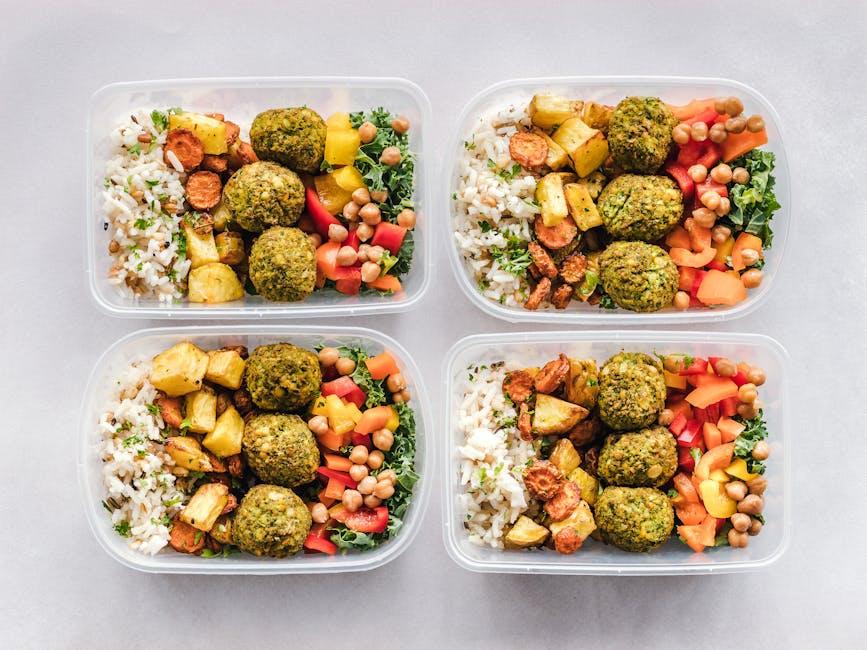
Crafting Balanced Meals to Maintain Energy and Satiation
To keep your energy steady throughout the day while following the GAPS diet, it’s essential to combine nutrient-dense foods in a way that balances proteins, fats, and carbohydrates. Prioritize high-quality animal proteins such as grass-fed beef, free-range chicken, and wild-caught fish, which help sustain muscle function and promote satiety. Complement these with healthy fats like avocado, coconut oil, and omega-3 rich fish oils to enhance energy absorption and support brain health. Don’t forget to include fibrous, gut-friendly vegetables like spinach, zucchini, and fermented options that amplify digestion and provide vital micronutrients.
Focus on smart plate composition by mixing foods that stabilize blood sugar and prevent energy crashes. Here’s a simple formula to guide your meal-building:
- 1/3 Protein: Choose from meat, fish, or eggs rich in amino acids.
- 1/3 Vegetables: Incorporate both cooked and fermented varieties to optimize gut flora.
- 1/3 Fat: Add healthy fats to fuel long-lasting energy.
| Meal Component | Recommended Options |
|---|---|
| Protein | Grass-fed beef, Organic chicken, Wild salmon |
| Vegetables | Spinach, Sauerkraut, Zucchini, Carrots |
| Fats | Coconut oil, Avocado, Ghee |

Incorporating Variety to Prevent Nutritional Gaps and Boredom
To maintain both nutritional adequacy and culinary excitement while following the GAPS diet, it’s essential to embrace a diverse range of foods. Rotating ingredients not only ensures a comprehensive intake of vital vitamins and minerals but also prevents the palate from becoming monotonous. Incorporate a colorful assortment of vegetables, different cuts and types of meat, and a variety of fermented foods to keep meals enticing. Experiment with herbs and spices such as turmeric, ginger, and rosemary to add flavor complexity without compromising dietary restrictions.
Planning ahead with a flexible weekly menu allows for the inclusion of lesser-used GAPS-friendly ingredients, promoting nutritional balance and creativity. Consider the following simple strategies:
- Seasonal Produce: Choose seasonal vegetables and fruits for optimal nutrient density and taste.
- Protein Variations: Alternate between fish, poultry, and red meats to diversify amino acid profiles.
- Fermented Foods: Incorporate different types of fermented dairy, vegetables, and bone broth to support gut health.
- Cooking Methods: Vary between stewing, roasting, and sautéing to change textures and flavor experiences.
| Food Category | Examples | Benefits |
|---|---|---|
| Vegetables | Carrots, Kale, Squash | Rich in fiber, vitamins A & C |
| Proteins | Grass-fed Beef, Free-range Chicken | High-quality amino acids, essential fats |
| Fermented | Kefir, Sauerkraut | Enhances gut flora, boosts immunity |
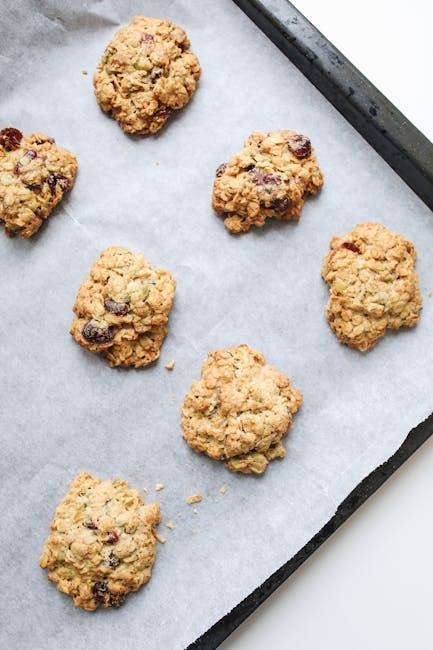
Practical Tips for Batch Cooking and Meal Prep on the GAPS Protocol
Streamlining your kitchen workflow when following the GAPS Protocol involves more than just cooking — it’s about creating a sustainable rhythm that supports your healing journey. Start by organizing your shopping list around staple GAPS-friendly ingredients like fresh vegetables, quality fats, and fermented foods. Batch cooking components such as bone broth, sautéed greens, and slow-cooked meats can be portioned and stored in glass containers for grab-and-go meals throughout the week. Remember to label containers with dates and ingredients for easy access and to maintain freshness.
Incorporate these practical strategies for efficiently maximizing your meal prep time:
- Prepare fermented vegetables in advance; this not only saves time but enriches your meals with gut-friendly probiotics.
- Invest in quality airtight containers to maintain the integrity and flavors of your cooked dishes.
- Utilize a slow cooker or Instant Pot to minimize active cooking time while combining multiple ingredients.
- Schedule one or two days weekly exclusively for batch cooking, freeing up your evenings for relaxation and digestion.
| Batch Cook Item | Prep Time | Storage Tip |
|---|---|---|
| Bone Broth | 12-24 hours simmer | Freeze in ice cube trays |
| Fermented Veggies | 10 minutes + fermenting | Store in glass jars, cool dark place |
| Slow-Cooked Meat | 6-8 hours slow cooker | Reheat gently to preserve texture |
| Sautéed Greens | 15 minutes | Keep airtight for up to 3 days |
Q&A
Q&A: Meal Planning Tips for GAPS Dieters
Q1: What is the GAPS diet, and why does meal planning matter for it?
A1: The GAPS (Gut and Psychology Syndrome) diet focuses on healing the gut by eliminating inflammatory foods and emphasizing nutrient-dense, easily digestible meals. Meal planning is crucial because it helps ensure you consistently eat allowed foods, avoid diet slip-ups, and maximize gut-healing benefits without getting overwhelmed.
Q2: How do I start planning meals for the GAPS diet if I’m a beginner?
A2: Begin by familiarizing yourself with the allowed and prohibited foods on the diet. Start with simple recipes featuring staple ingredients like homemade bone broth, fermented vegetables, and well-cooked meats. Mapping out breakfast, lunch, and dinner for the week reduces decision fatigue and keeps your grocery list focused.
Q3: Can I batch cook or prep ingredients ahead of time on the GAPS diet?
A3: Absolutely! Batch cooking is a lifesaver on GAPS. Prepare large quantities of broth, stews, or fermented veggies in advance. Portioning meals or components can save time during busy days and help you maintain consistency with nutrient-packed, gut-friendly foods.
Q4: How do I handle social situations or eating out when following the GAPS diet?
A4: Planning ahead is key. Research menus and identify GAPS-friendly options, or bring your own snacks if dining out. For social events, offer to bring a dish you can eat or communicate your dietary needs to hosts. Having a portable bone broth or fermented veggies on hand can keep you grounded until you return to your home-cooked meals.
Q5: What are some tips for keeping the meal plan varied and exciting?
A5: Use herbs, spices, and different cooking methods to diversify flavors. Experiment with different fermented foods or gently cooked vegetables allowed on the diet. Rotating proteins – like fish, poultry, and slow-cooked beef – keeps meals interesting and nutritionally balanced.
Q6: How do I stay motivated during the more restrictive phases of the diet?
A6: Set small, achievable goals and celebrate progress, like improved digestion or energy. Planning meals ahead reduces frustration and decision fatigue. Joining GAPS support groups or online communities can provide encouragement and recipe inspiration.
Q7: What should I avoid when meal planning for the GAPS diet?
A7: Avoid processed foods, sugars, grains, and starchy vegetables, which can compromise gut healing. Steer clear of recipes that include any non-compliant ingredients—even in small amounts—to prevent setbacks.
Q8: Is it okay to customize meals based on personal tolerances?
A8: Yes! The GAPS diet encourages listening to your body. Some foods may be introduced more slowly or omitted if they cause discomfort. Tailor your meal plan to your unique healing journey and consult a healthcare professional if in doubt.
This Q&A aims to help GAPS dieters approach meal planning with clarity and confidence, turning gut healing from a challenge into an achievable, nourishing routine.
To Conclude
Embarking on the GAPS diet journey is as much about nurturing your body as it is about cultivating mindful habits around food. With thoughtful meal planning, what once seemed daunting can transform into an empowering daily ritual—one where each ingredient is chosen with purpose, and every dish supports your path to healing. By embracing these tips, you’re not just preparing meals; you’re crafting a foundation for wellness, one nourishing bite at a time. Remember, patience and creativity are your allies, and with them, the GAPS diet becomes less a restriction and more a roadmap to vibrant health.







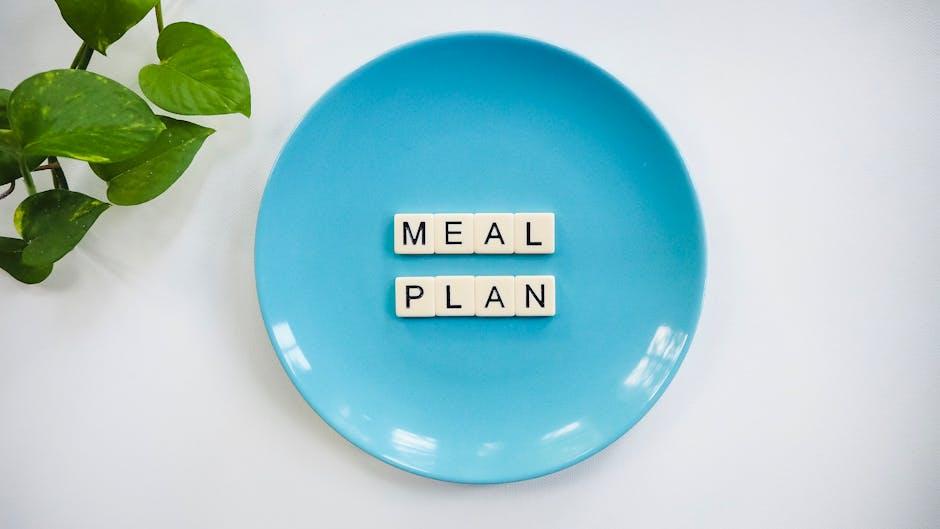

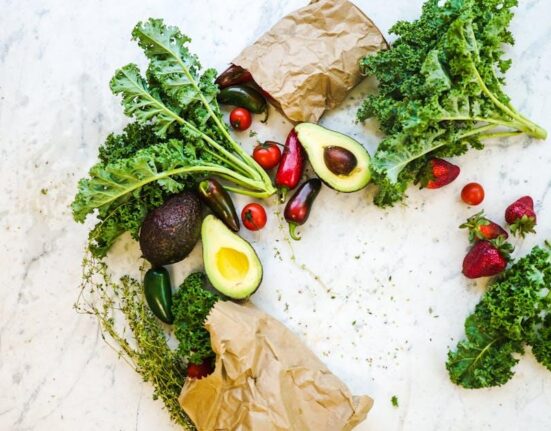
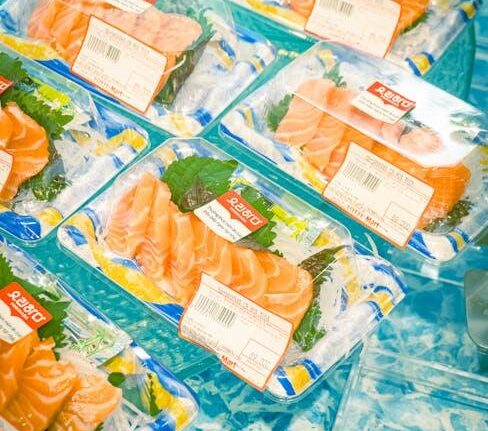
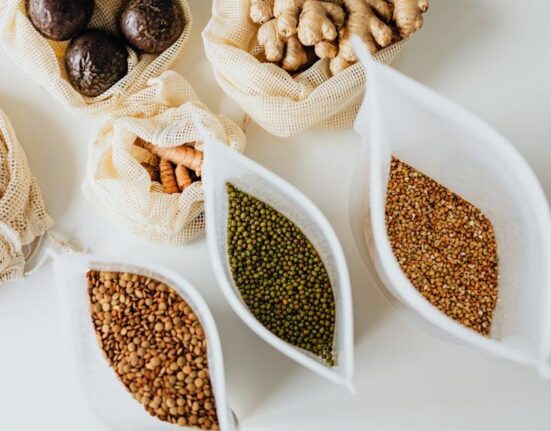

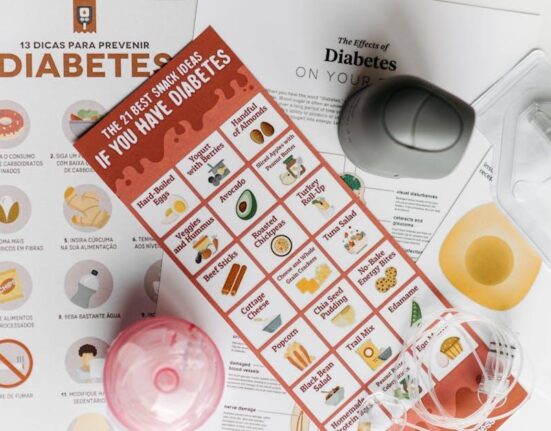
Leave feedback about this